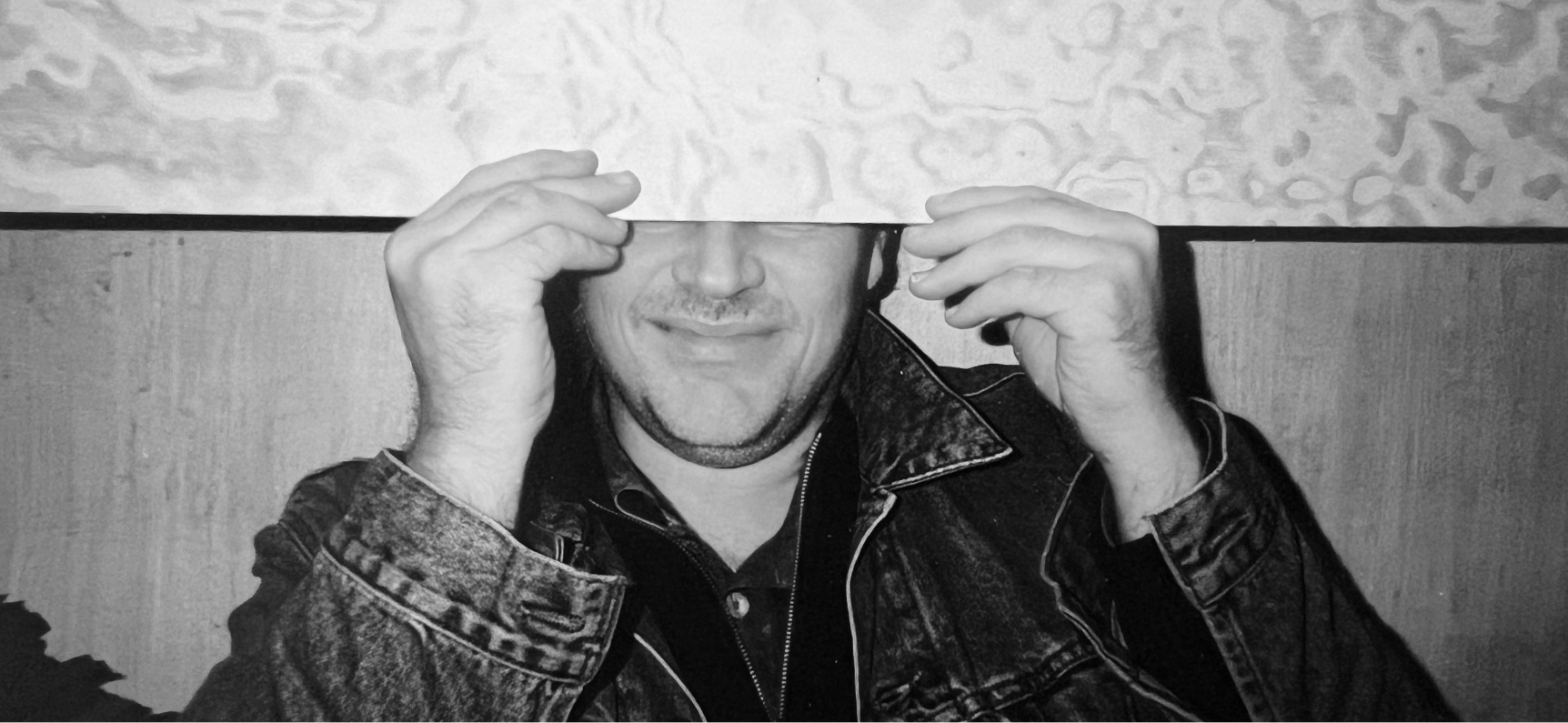
Biography
Peter Stohrer, born in 1951 in Mülheim an der Ruhr, attended the advertising school in Dortmund from 1969-1971 and then studied visual communication and painting at the Folkwanghochschule Essen from 1971-1975, among others with Prof. Helmut Sundhaußen.
In 1982 he left the Ruhr area for Frankfurt and lived there near the red light district. In the stroke of the “Neue Wilden”, he created big city pictures and space-spanning painting environments on cardboard; raw, direct, pulsating. In 1984 Stohrer shifted his center of life to the dynamic art and theater scene of Cologne, worked as a freelance artist and stage designer, and intensively explored the possibilities of the space-picture.
From 1993 to 1997 he was chairman of the WBK (Wirtschaftsverband Bildender Künstler). Together with the artist Gunhild Söhn and the art historian Clemens Heinrichs, he ensured that the association opened up to the outside world and was responsible for numerous exhibitions.
In 2004, together with the artist Anne Berlit, he founded the BeSt Kunstraum, space for contemporary art in Kettwig, which he ran until 2013. In addition to graphic commissioned works for cultural institutions, his “painting bodies”, raster images and color paintings were created during this time. From 2012-2017 he ran the Städtische Galerie Schloß Borbeck in Essen, where he mainly showed concrete and spatial art from Germany. In addition to his networking commitment – despite serious illness – the productive time in the studio until the end never broke.
Timeline
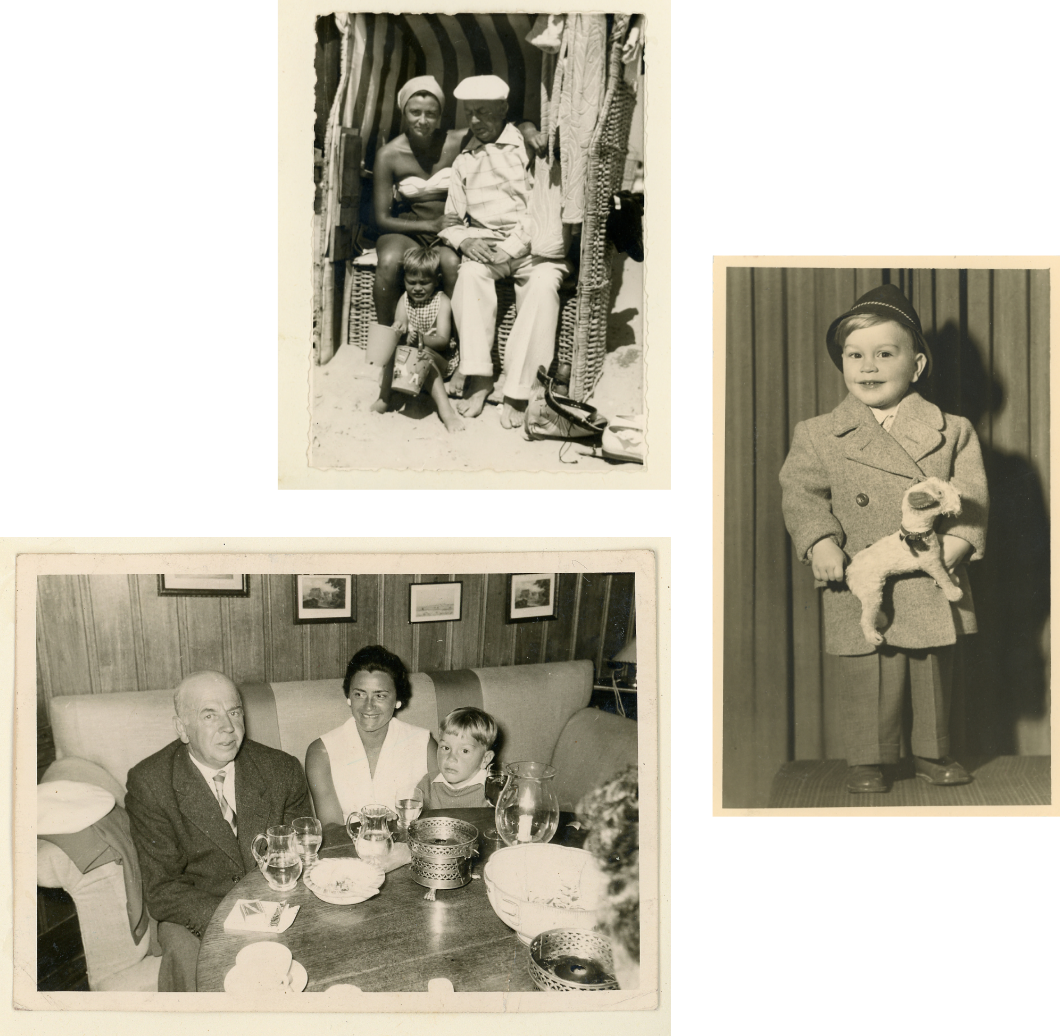
Cold Plates
1951 – 1961
Peter Stohrer was born in 1951 in Mülheim an der Ruhr. His father Waldemar Stohrer was born in 1896, his mother Maria Stohrer, née Ferschen, was born in 1921. Waldemar Stohrer was a widower at the time and a successful wholesaler of tobacco products in Essen. Maria, called Mia, works as a laboratory assistant in Mülheim an der Ruhr. She has fallen in love during the war when she meets Waldemar and moves into his house in Kettwig.
There she passionately takes over the redecoration of the house, which seems to fascinate Peter even as a child. He gives his mother a hand, especially with the decoration, with pleasure also of cold plates, which were at that time the visiting card of every good housewife.
The only child Peter grows into the economic miracle well protected, but not spoiled. He plays wildly and impetuously and develops his first project ideas. He stakes out a course for ponies on the lawn at home, paints a big sign with ponies on it and entices people with the promise: “Pony riding 5 Pfennig”. But unfortunately, no one comes by.
His school grades are modest, only in local history and drawing he is quite good. His transfer to high school is in jeopardy, and so his worried parents decide to send the child to boarding school. A decision with consequences.

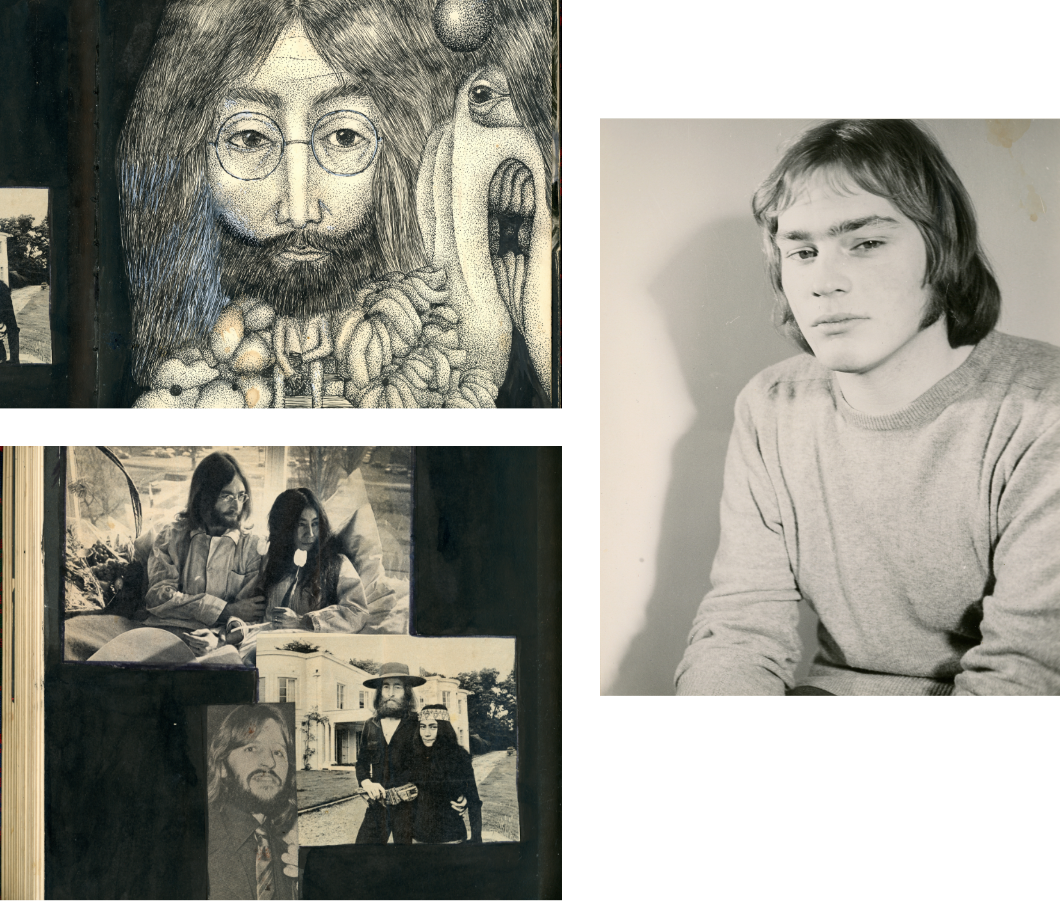
Don’t spill the beans – make it right!
1961 – 1971
Peter feels deported and is permanently angry with his parents.
At the boys’ boarding school Schloss-Senden, a commissarial tone still prevails and the food is correspondingly lousy. Here he rehearses his first rebellion with a fellow student. The two 10-year-olds leave the unfriendly house on their own initiative, get on the train and go back to their parents. Desperately, they seek a remedy. Stays at the Lüdinghausen and Diestedde boarding schools, also in the Münsterland region, follow.
There Stohrer learns about group dynamics between boys, becomes acquainted with National Socialist-influenced teachers, Catholic masses and Münster mornings. At night he secretly listens to BFBS: The Kinks, The Who, The Beatles, The Rolling Stones. When he returns to Kettwig in 1968 with a Mittlere-Reife degree, his hair is too long and his old friends are gone.
Although Mia is very much in favour of beauty, she doesn’t find Peter’s idea of becoming a window dresser particularly serious. And Waldemar, who would have liked to study, is also quite disappointed. Peter likes to draw and paint, so why not go to an advertising school? “It’s almost like decorating,” says his father. In 1969 he enrolled at the Dortmund advertising school.


At advertising school, Peter Stohrer learns that he enjoys the craft as a trade, but that he can’t do very much with the content. The credo “Don’t spill it – make it count” is not at all his. Nevertheless, he graduates as an advertising specialist. It was the time of the Vietnam protests, the criticism of the affluent society, the time of small and large rebellions, of conscientious objection. Even if his parents fight against the length of his hair, conscientious objection is something his father in particular supports.
The school leaver visits museums, pores over artists’ catalogues, studies Max Ernst, Max Beckmann, Pablo Picasso, Salvador Dali. He produced a large number of ink drawings in the Surrealist style. At the age of 18 he had his first exhibition at the Westphalian Landestheater with surrealist pictures, which attracted attention in the newspapers. Encouraged by this, the 20-year-old applied to the Folkwangschule, was accepted and began his art studies in the winter semester of 1971.
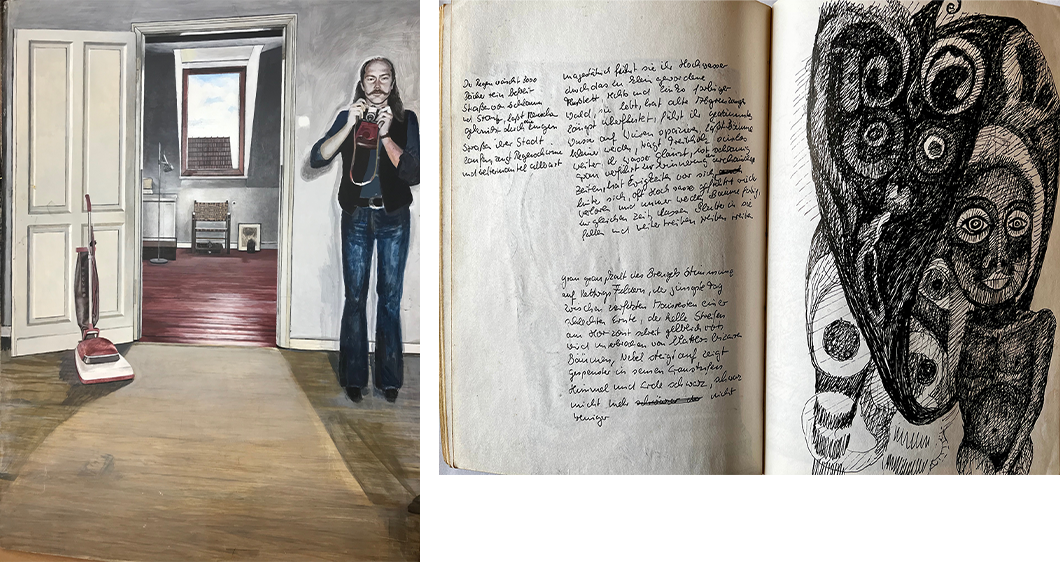
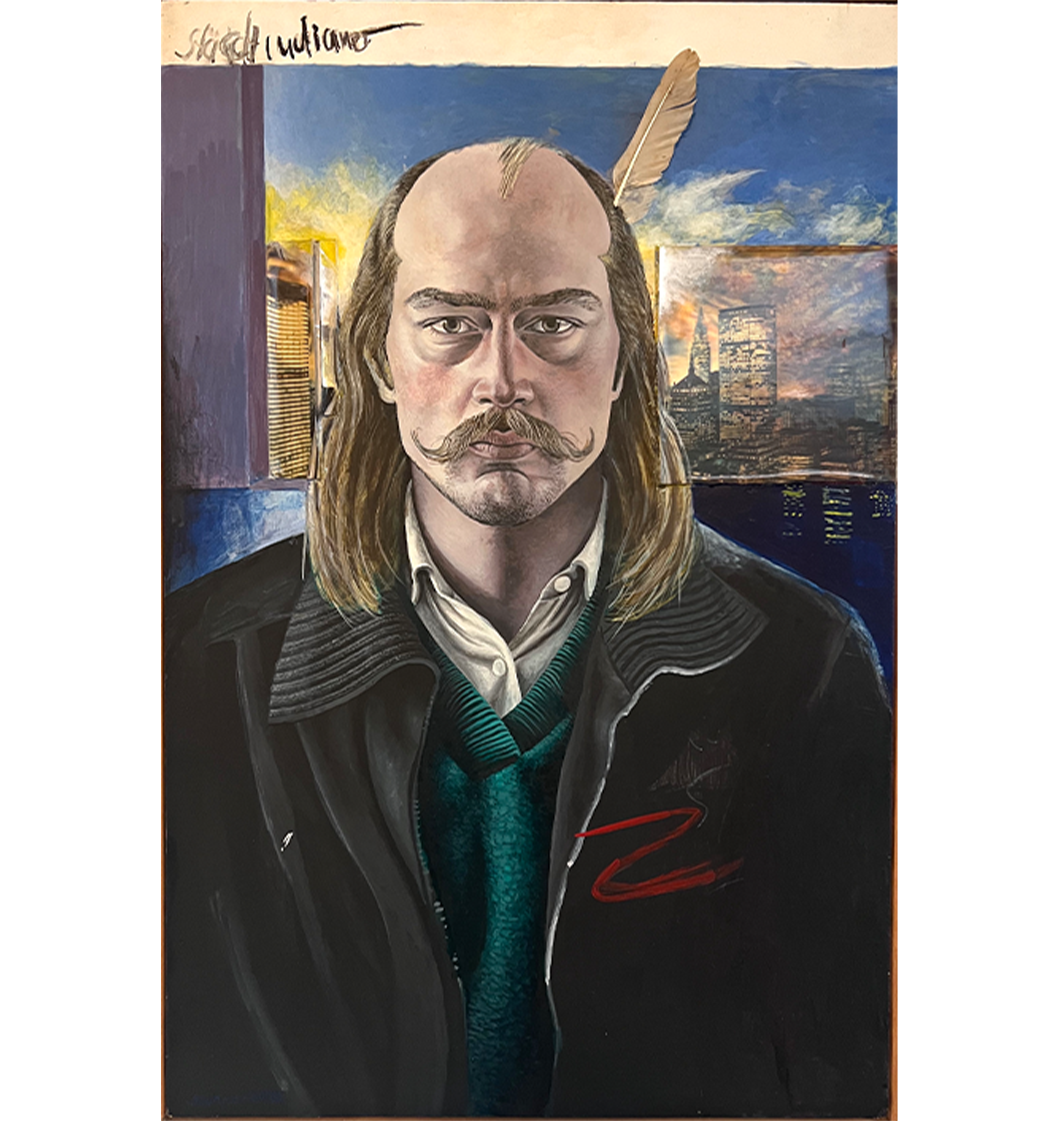
Folkwang or how a picture finds itself
1971-1981
The Folkwangschule mutates into a comprehensive university and the subject of art into the disdainful department 4 Art Education and Design, field of study: Visual Communication. The student Stohrer spends his time, like so many of his generation, thinking about society, about culture, about music, about war and love. He works as a taxi driver, observes people and writes down art theory texts. Every now and then he plays football with friends, camps out across Europe and does a lot of drawing. In his sketchbooks he noted self-deprecatingly “stohrers collected nonsense” „Stohrers gesammelter Unfug“.
The student, who has always been a diligent exhibition goer, senses that the new student freedom is not really getting him anywhere artistically in Essen. His professors include Helmut Sundhaußen and Johann Glagovsek. Solid craftsmanship is taught, but the student misses the contemporary, inspiration and friction. He applied to the Düsseldorf Art Academy – but was unsuccessful by one decimal place. In 1975 he joined the Werkstatt Kettwig, a group of Folkwang students who wanted to work and exhibit together. Like Snap or Gruppe Werden in Essen, Werkstatt Kettwig is one of those creative groups that realise that they might be stronger together than if they acted alone. In January 1976, Stohrer graduated as a designer with the programmatic final project “Wie sich ein Bild findet” (How an Image Finds Itself). He works constantly on his further artistic development, adds three more years of studying art education, which doesn’t really interest him.
He wants to paint.

Konsumanstalt
1980-1984
It is fortunate that in 1980 the neighbour and “Kunsthaus” co-founder Rolf-Maria Rexhausen is looking for new comrades-in-arms for a living and working community in the north of Essen’s city centre, in the former Krupp Konsumanstalt. 950 square metres want to be filled with workshops and studios. Living together, working together and creatively changing society together – the progressive movements from the 70s lead to the 80s in a pragmatic way.
Stohrer shares a studio with Frank Rosatis, whom he still knows from his student days, and takes part in exhibitions in Dortmund, Cologne and Saarbrücken with Rolf-Maria Rexhausen, who is creating steel sculptures at the time. He found a good friend in the budding photographer Clemens Willenberg, with whom he shared above all a sensitive view of what is called reality.
There he also intensifies his relationship with the actress Dana Savić, who will become his life partner a short time later. The Konsumanstalt flat-sharing community tries to initiate one or the other joint action, but soon realises that the very different professional backgrounds and life aspirations cannot simply be reconciled.

Frankfurt
Dana Savić already leaves the WG (Community) for Frankfurt at the end of 1981 due to some engagements at the Theater am Turm, Peter Stohrer will follow her in 1982. The couple lives in Gutleutstraße – on the bustling Baseler Platz, directly behind Frankfurt’s main railway station and in the middle of the red light district. The artist feels attracted to the subculture, to the people and their desires, to the insignia of the banking metropolis, to its contradictions and its mercilessness. He takes a lot of photographs and later uses these photographs as a template for the large-format “big city impressions” on cardboard. In the style of the “new savages”, the handling of colour, motif and material becomes more irreverent. In the haze of the legendary Theater am Turm, Stohrer became acquainted with the subversive power of uncompromising actors like Volker Spengler or transsexual shooting stars like Zazie de Paris. This first -ête-à-tête with the dazzling world of theatre was not without influence on his pictorial worlds.
Due to better working conditions and health complaints at the smoggy Baseler Platz, the couple decides to leave Frankfurt and move to Cologne.
Theater Scenes and Image sequences
1984-1994
In Cologne-Poll, on the right bank of the Rhine, near the Südbrücke bridge, the couple rents space in a former doctor’s practice. The artist now has two large studios, one on the ground floor and one in the basement, where the therapy swimming pool used to be. The swimming pool studio later becomes a stage space as part of a Beckett theatre project. Beckett-Theaterprojekts Further stage design work followed, for example for the Severinsburg Theatre, Theater am Sachsenring and the independent group Theatersyndikat. Savić / Stohrer now also form a working partnership – the artist benefits from the dramaturgical experience of the actress and director and she in turn from the visual and technical ingenuity of the artist.


Parallel to the stage design work, Stohrer explores in Newspaper-Collages the time spirit phenomena and – analogous to the sequence of scenes in theatre – no longer relies on a single image, but seeks the dialogue of different visual languages in sequences and serial works. He completes his Frankfurt series and dedicates more time to the series „100mal100“ and „Bilderfolgen“.
In 1992 Stohrer was elected 1st chairman of the WBK (Wirtschaftsverband Bildender Künstler) in Essen. A caesura for the rather conservative association with 180 members as well as for Stohrer, who now discovers his curatorial talent. As Forum Bildender Künstler WBK, along with the Kunsthaus Essen e.V., offers one of the few venues for contemporary art in the city organised by artists. Stohrer wants to make the artists more visible. The first exhibition catalogues are produced in the Cologne litho workshop Miess, which also provides graphic support for Gerhard Richter. There Stohrer meets, among others, the photographer Doris Frohnapfel and the painter Peter Tollens. The artist brothers Maik & Dirk Löbbert also crossed his path here. These and other encounters in the Cologne art scene inspired Stohrer and marked forks in his life’s path that he would later follow.
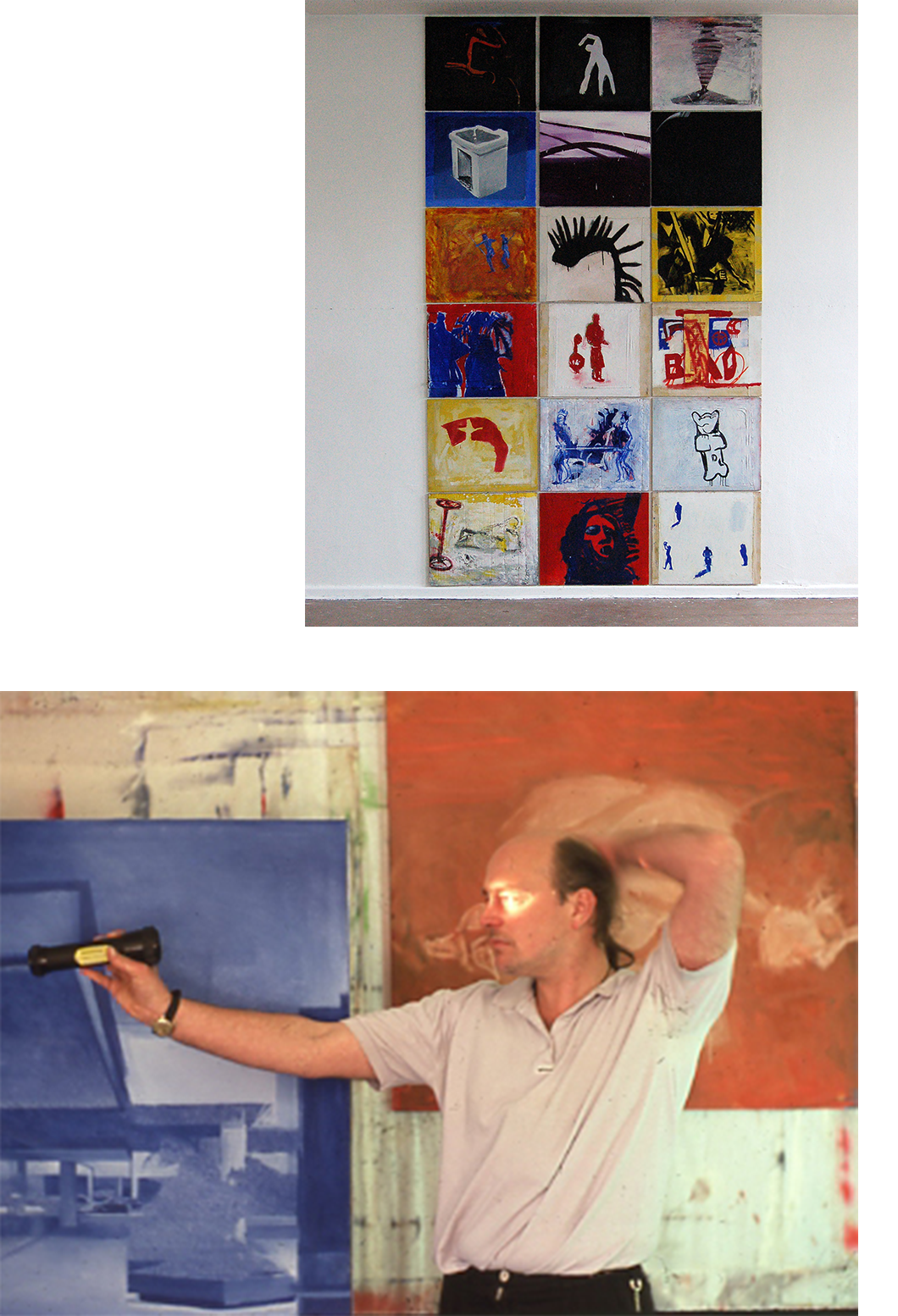
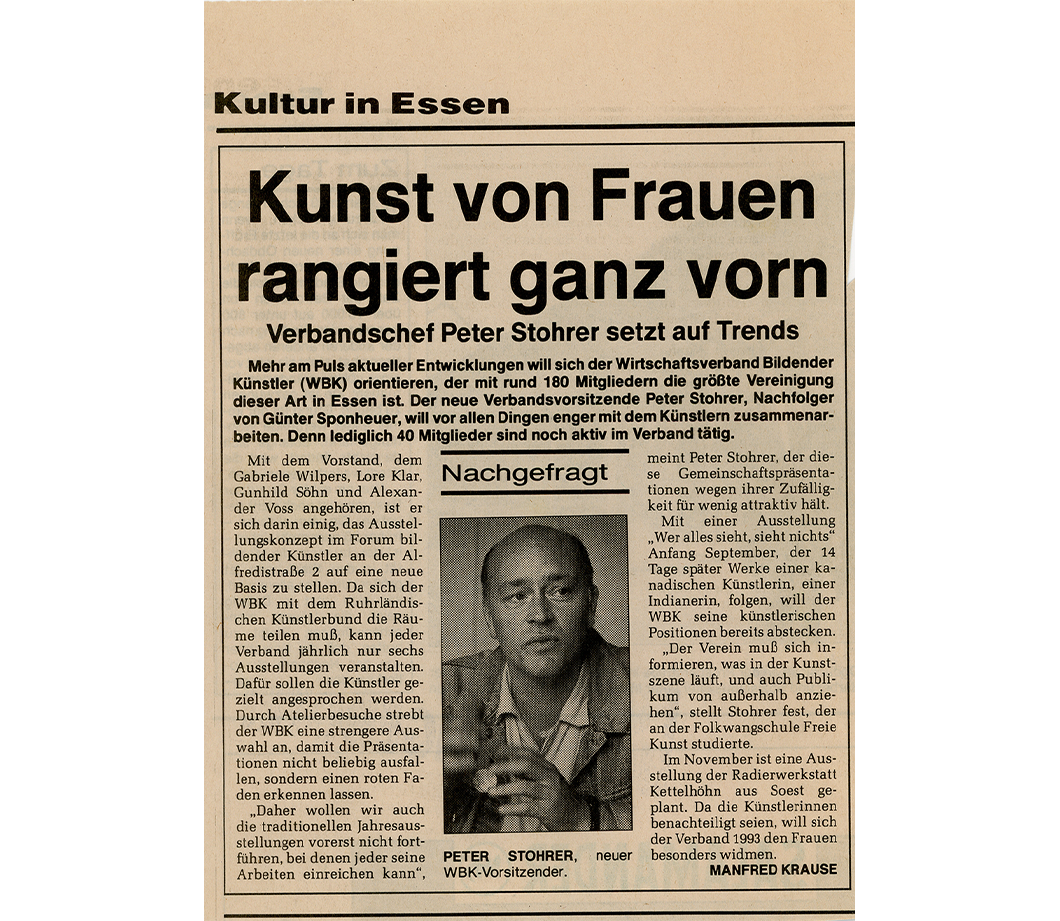
The new chairman of the WBK focuses on current developments in art and opens up the association to the outside world. His Cologne contacts with artists enable a more intensive exchange between the Ruhr and the Rhineland. An extremely productive and enriching collaboration develops with the artist and WBK board member Gunhild Söhn and the young art historian Clemens Heinrichs. Programmatic for the new course is the first exhibition with the ironic title:
“6 Rooms – Who sees everything, sees nothing”.
Who sees everything, sees nothing!
1994-2004
Exhibition series follow: “Women I and Women II” – long before art by women became trendy. Pairs of artists are shown in „Zu Zweit“ among others with the brothers Maik & Dirk Löbbert. In the series „Labor“ and „Updating Foto & Video“ is about photography, installation and media art with newcomers such as Judith Samen and Michaela Melián. New sculptural positions such as those of Gunda Förster or Karin Hochstatter, but also concrete colour painting by Peter Tollens or Ulrich Wellmann, for example, will be shown in Essen for the first time. Stohrer is designing the exhibition catalogues. Inspired by the exchange of writings with institutions, he begins to collect invitation cards and exhibition catalogues, thus laying the foundation for his later work “Fette Beute”.
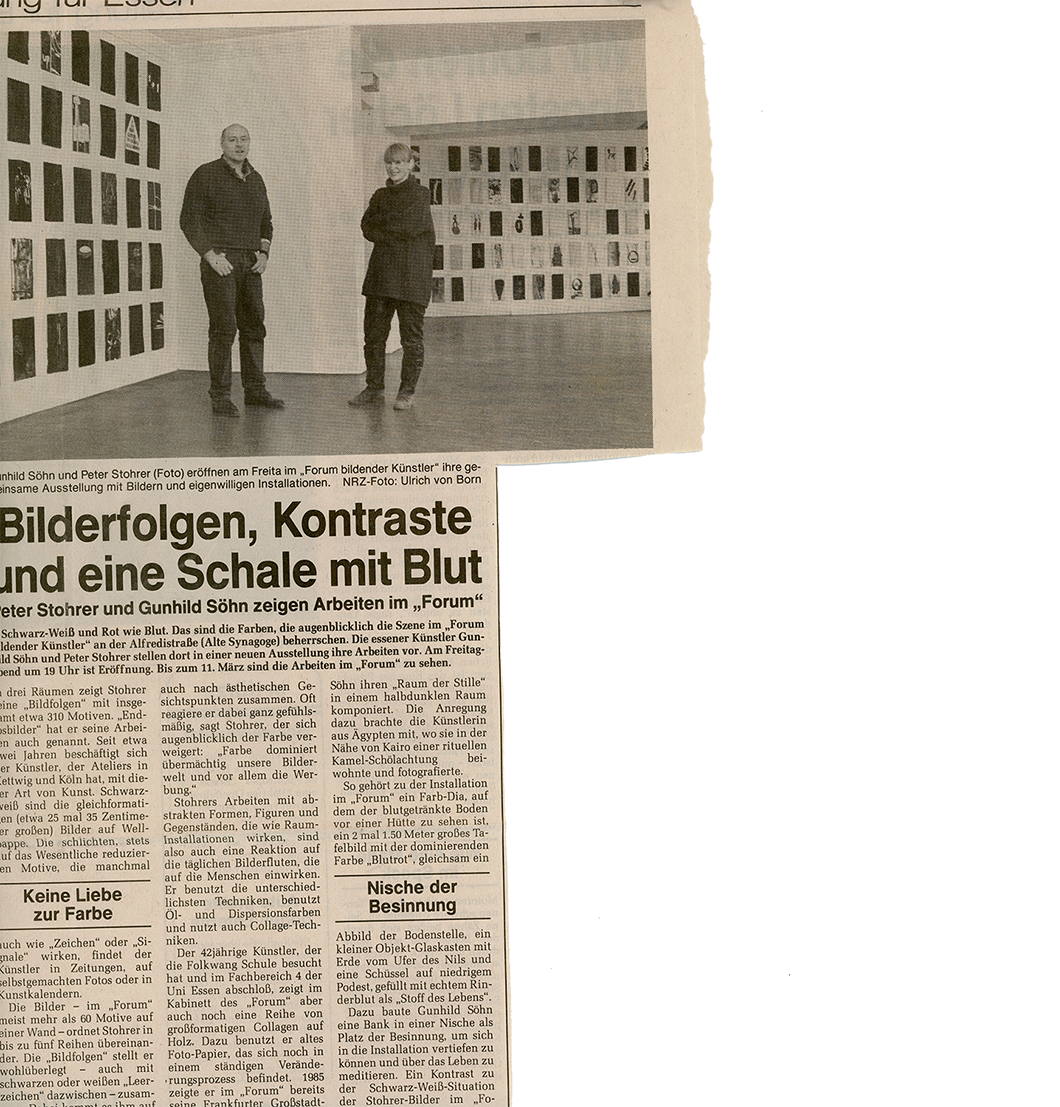

In 1994, the professional situation changes, the director Savić moves from theatre to television and Stohrer concentrates on producing art as an artist as well as a curator. Essen-Kettwig becomes the centre of his life again and the municipal studio in Essen-Borbeck the new production site. Here the first „Malkörper“ are created, the multi-part „Installation 2000“ and the expansive „Raumzeichen“ are conceived and produced in this studio.
Stohrer’s pleasure and fun in interweaving art and life is particularly evident in the exhibition “Novak & Kohlenbrandner” with Clemens Willenberg. For a fortnight, the entire Borbeck studio became a darkroom. On display was a light-sensitive room installation by two artists who remained as mysterious and light-shy as the two criminals whose large portraits adorned the walls. Actor Daniel Werner acted as a pseudo-art historian and recited two invented artist biographies very convincingly. After all, the jokers still published a real edition in 1999, albeit under the pseudonym Novak & Kohlenbrandner.


In 1999 the “painting bodies” „Malkörper“ were also exhibited for the first time under this title, and the city of Essen subsequently purchased a few works during the presentations in 2000 and 2004 at the Museum Folkwang. The beginning of the new millennium is marked by many collaborative projects, especially with the artists Anne Berlit and Astrid Bartels, whom Stohrer met at the Forum Bildender Künstler. With the now deceased fellow artist Dirk Hupe, whom he exhibited early on, a friendship also developed that lasted beyond the joint project work.
Through All Grids
2004-2017
Since renting municipal studios is limited in time, Stohrer looks for new work spaces in the early 2000s. He shares a shop in Essen-Kettwig with his colleague Anne Berlit – by chance the same premises as 40 years earlier: Werkstatt-Kettwig. Berlit/Stohrer decide to turn it into an exhibition space, because spaces for contemporary art in Essen are still rare. The first exhibition of the BeSt Kunstraums is called “49,99” and opens on 8 December 2004. 33 established artists submit works that they offer for sale at a price of €49.99 – on the one hand a winking dig at the art market, on the other a self-confident artistic statement.
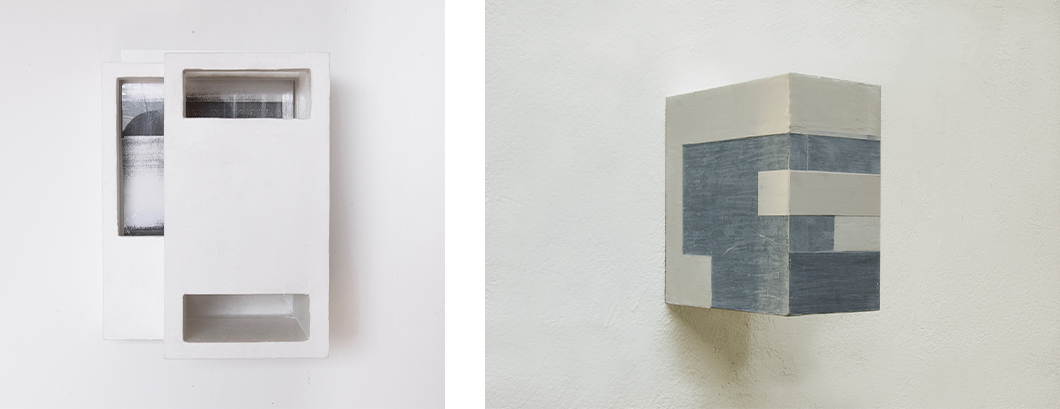

Until 2013, Stohrer and Berlit showed 20 exhibitions in the BeSt Kunstraum with young artists from the Düsseldorf Art Academy, including Ying-Ming-Ming and Julia Bünnagel, but also with more experienced artists such as Christian Paulsen, Monika Günther and Ruedi Schill.
In the meantime, Stohrer has become so experienced as a curator of contemporary art that he was commissioned to organise exhibitions at the Städtischen Galerie Schloss Borbeck from 2012.
The artist’s works increasingly relate to space. After the “Installation 2000” and design of predominantly white architectural object pictures as well as experimental works with epoxy resin, Stohrer deals with strongly coloured raster pictures, which he presents in an installation-like manner. Around 2009, he begins the series „Boxen“, „Im Bau“ (Under Construction) and „Content“ in parallel: he creates painting objects made of wood, photocopy and cardboard as an ironic response to the urban building frenzy in the pseudo-Bauhaus style on the one hand and as a description of the state of a self-obstructing, gridded society on the other.
Among the outstanding exhibitions of recent years „Fette Beute-das dialogale Quartett“ (Fat booty – the dialogical quartet) has been at the Kunstmuseum Ahlen. In 2008, under the direction of the now deceased museum director, Burkhard Leismann, Stohrer, Gunhild Söhn, Anke Eilergerhard and Andreas Komotzki created an exhibition that attempted to break with classical authorship by placing the individual works in the service of the overall work of art.


From 2012 onwards, Stohrer concentrated increasingly on colour painting – for example in the series „Study for“.
After rather small-format studies, he now creates large colour paintings on canvas and wood – sometimes in restrained grey, sometimes in strong colour variations of magenta, turquoise, green and red.
With his colour painting he creates an emotional balance to his tasks as curator and graphic designer for the Kulturzentrum Schloß Borbeck.
Stohrer, like the then director Dr. Bernd Mengede, is highly committed to the cultural development of the city. With courage and perseverance, a small team manages to establish the venue in Essen’s west for top-class concerts and current national art. Stohrer mainly shows space-related art in the gallery, including works by Martin Pfeifle, Heike Weber, Paul Schwer. The baroque park is also included in art events, most recently with light installations by Rainer Plum und Nikola Dicke.
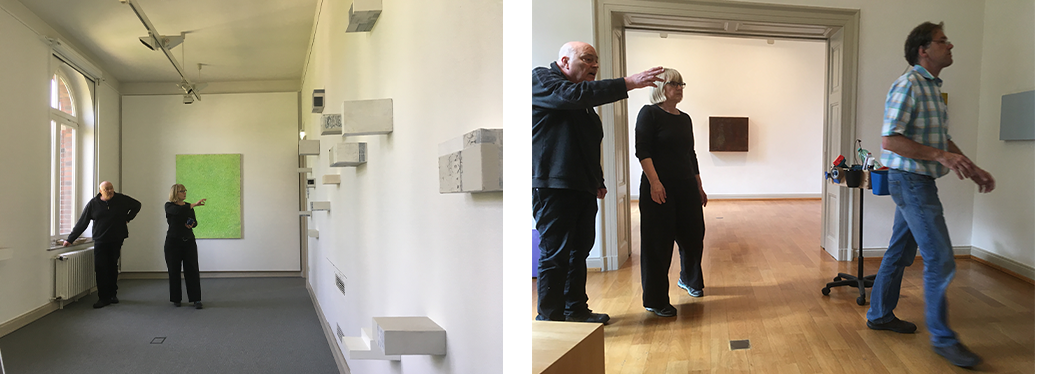

There was nothing to suggest that Peter Stohrer would soon be torn from his artistically productive life. In 2016, he was in the midst of an extensive catalogue production for the artist Rudolf Knubel when he was diagnosed with a brain tumour. Nevertheless, he continued to work as best he could and prepared his 2017 solo exhibition at the Kunstmuseum Ahlen. His artist friend Gunhild Söhn supported him in setting up this exhibition.
However, Stohrer was no longer able to attend the opening of the exhibition „Farbräume“ he already felt too weak. On the last day of the exhibition, he managed to see his exhibition after all. Until the end, he remained patient with the illness, the world and the people close to him. He passed away at home in Essen-Kettwig on 20 November 2017.
“I cannot imagine a life without art,” he had said in an interview. He didn’t have to, but art now has to do without him.


